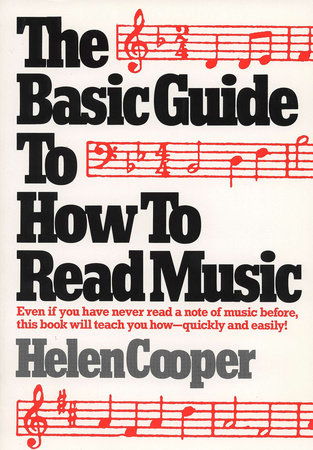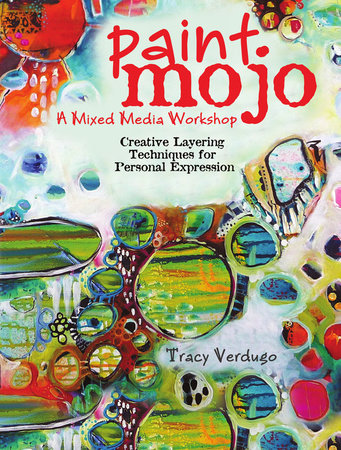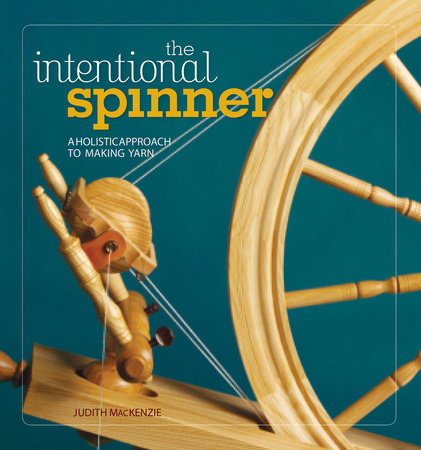


-
$24.00
May 13, 1985 | ISBN 9780399511226
Buy the Paperback:
YOU MAY ALSO LIKE

The Complete Guide To Glues & Adhesives

The Solomon Secret

The Natural Way of Healing Stress, Anxiety, and Depression

Paint Mojo – A Mixed-Media Workshop

How to Organize Inherited Items

The Intentional Spinner

Honoring the Medicine

The Natural Way of Healing Chronic Pain

The Synchronicity Key
Table Of Contents
The Basic Guide To How To Read MusicIntroduction
1. Pitch
The concept of pitch
The Staff
The clef
Notes
Leger Lines
Other clefs
Naming notes
Following the shape of a melody
2. Rhythm
The concept of rhythm
Rhythm values
Simple rhythm values
Compound rhythm values
Note stems
Flags and beams
Rests
Bars (measures) and barlines
Stresses in music
Time signatures
Simple time signatures
Compound time signatures
The organization of rhythm values
Learning to read rhythm patterns
Tied notes
Syncopation
Triplets and duplets
3. The formal organization of pitch: the structure and notation of intervals, scales and keys.
Section A$#151;The piano keyboard
Introduction
Intervals
The octave
The piano keyboard
Steps and half-steps
Sharps, flats and naturals
Section B$#151;The structure of the major scale
The structure of the major scale
The construction of subsequent sharp major scales
Flat major scales
Technical names for the degrees of the scale
Intervals of the major scale
Key signatures
Enharmonic keys
Key circles
Double sharps and double flats
Accidentals
Section C$#151;The structure of the minor scale
The structure of the minor scale
Harmonic form
Melodic ascending form
Melodic descending form
Comparison of major and minor forms
The construction of subsequent sharp minor scales
Flat minor scales
The minor key circle
The intervals of the minor scale
Relative keys
Section D$#151;The chromatic scale
The chromatic scale
The intervals of the chromatic scale
4. Transposition and score reading
Transposition
Transposing instruments
The transposing instruments of the orchestra
5. Glossary of terms
Tempo
Dynamics
Mood, feeling and style
General terms
Articulation
Signs on the staff
21 Books You’ve Been Meaning to Read
Just for joining you’ll get personalized recommendations on your dashboard daily and features only for members.
Find Out More Join Now Sign In












